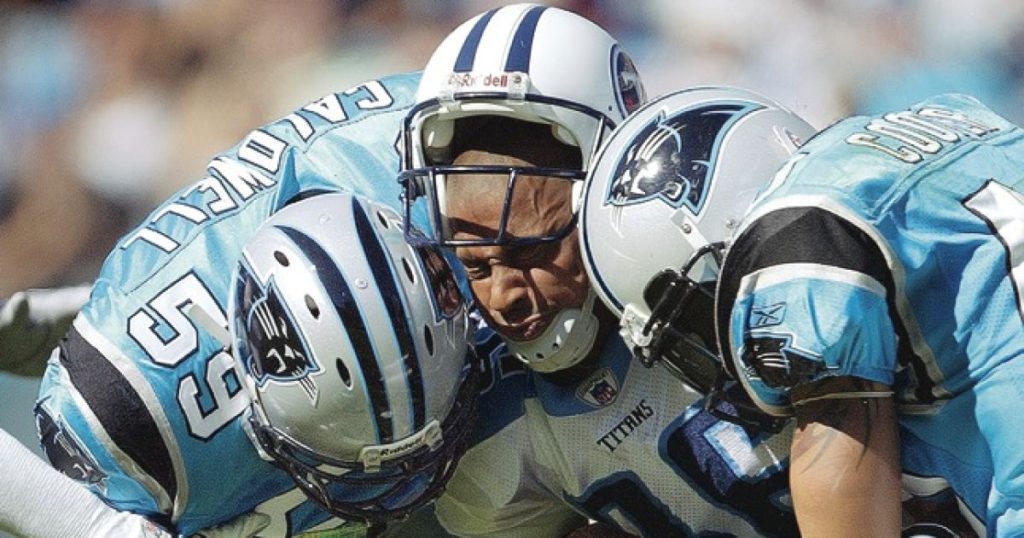Recently, there has been a great deal of attention paid to the dangers athletes face from repeated trauma to the brain. Major Hollywood blockbusters and constant media attention have brought to light the gravity of concussions – a threat that has become a focal point of discussion throughout the NFL in its attempt to place an emphasis on player safety.
During the NFL’s effort to limit the number of concussions suffered by athletes, they managed to reduce the number of diagnoses three consecutive seasons, from 2012-2014. Unfortunately, the league recently saw an increase in the number of diagnosed concussions during the 2015 season. Obviously, these injuries, especially to starters, result in a decrease in the quality of play witnessed by fans. On a larger scale, they put the lives of these players in a very delicate predicament. Concussions have been shown to have adverse effects on the long-term mental health of athletes, resulting in very serious memory loss or even suicidal tendencies in some cases.
In addition to this issue affecting the NFL on the field, concussions have had a serious impact on the league off the field as well. In April 2015 the NFL reached a multi-million dollar settlement with thousands of retired players who had suffered from the lack of attention paid to this issue prior to the increased notice paid by the league.
Now, NFL concussion lawyers seek to educate athletes who may be eligible to receive compensation as part of this deal. Going forward, the league is hoping to make the game safer by monitoring players more closely and making sure that the concussion protocol is thorough, all while policing dangerous hits that could potentially cause serious brain damage. By cracking down on the policies it implements, the NFL can keep teams from rushing players back from these types of injuries and can discourage the type of vicious targeted hits that cause them.
Both inside and outside of the NFL, football programs across the United States are hoping to make the game safer for athletes at various levels. Rules are rapidly being implemented to limit exposure to unnecessary contact and hits that could result in injury. A primary example of this can be seen in the NFL’s changes to the kickoff procedure a few years ago, creating more touchbacks and fewer opportunities for special teams to take a beating while blocking, tackling, or returning the kickoff.
A more audacious effort can be seen in the form of a policy recently put into place by eight Ivy League teams that removed tackling from practices altogether. The thought process is simple – fewer chances to get hit mean fewer chances to get hurt. Whether or not this new concept catches on remains to be seen; however, if the schools that have enacted this no-contact practice policy report a reduction in injuries in the coming seasons, it would certainly not be too farfetched to see the concept introduced across a multitude of programs throughout the country.
The point is crystal clear – concussions are an issue that people everywhere, even those outside of the football community, are taking quite seriously. Whether or not the NFL’s motives regarding the safety of its players are altruistic or financial, managing concussions effectively is going to need to be a top priority as awareness of this issue rises. The league either truly cares about the well-being of the players that put their bodies on the line week in and week out, or they simply need to have the best players healthy to continue to put fans in the seats and sell tickets. Regardless of which is the primary motive, you can expect see continued progress made on this front because the fate of the game depends on it.


